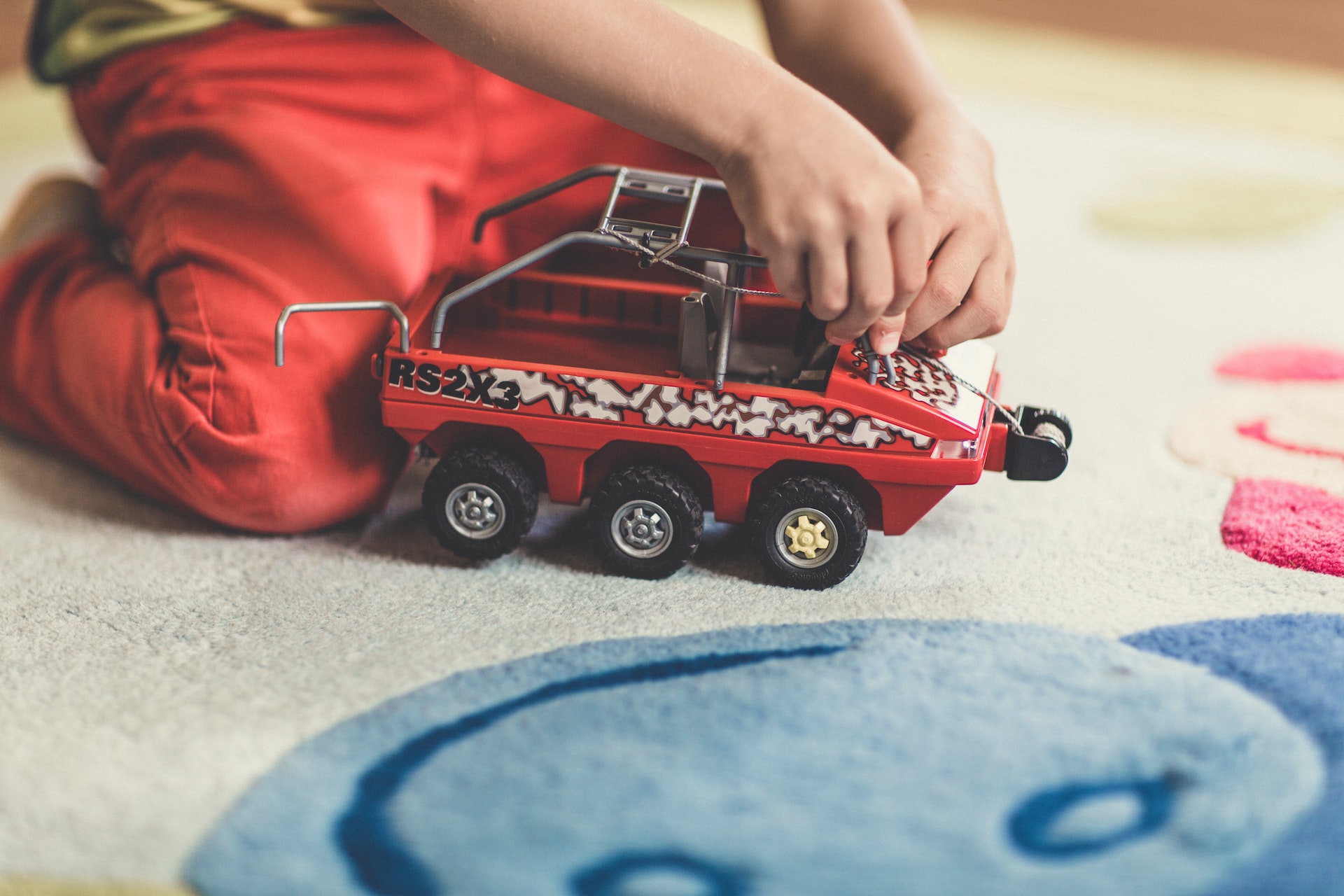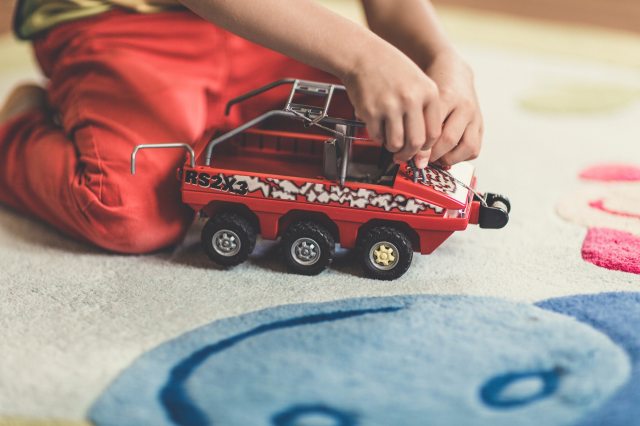
“You can’t use up creativity. The more you use, the more you have.” —Maya Angelou
In the picture book, Nutshell Regatta, a young girl and her beloved grandmother spend an afternoon exploring a pond and the many creatures and plants living in and around the water. Through their interaction, and using imaginative play, their experience transcends what most people might see when looking at a similar landscape. The animals take on unique roles, the plants play their special parts and the little girl and her grandmother transport themselves to a whole other world whereby they share a unique adventure and create their own story. This is imaginative play.
When we engage in imaginative play, we engage all of our senses. Observing a scene is very one-dimensional. Creating the scene, however, is multi-dimensional. All creative people and great problem solvers use imaginative play. At its core, imaginative play, is “thinking outside the box”.
There are those who might worry they are not creative or don’t know how to start. The great thing about imaginative play is there is no wrong way to do it! Start with a simple plan. Next time you take a walk with a child, try to engage with your surroundings.
-
Collect pebbles or leaves. Think about how you could arrange them in a vase or picture frame.
-
Take a walk with a child in silence. When you get back home, take turns sharing what you saw, smelled, heard and felt.
The fun part is there is no wrong way to do this. Creativity really has no boundaries—you just need to start. In keeping with that vein, let children color outside the lines. Encourage creativity and story-telling. Keep as many supplies around as you can manage including empty boxes, old fabric, old costumes, catalogs, crayons, pencils, paint. All of these types of items are a treasure trove for imaginative play. And remember, it’s the process of imaginative play that’s important rather than what is created!
Ideas for Imaginative Play:
-
Have one person start a story. Then, each family member or friend adds the next sentence or two. Round and round the story goes, often ending up in very unexpected places. This is a great boost for memory skills, and a source of delightful silliness for everyone!
-
Take out any board game. Collectively reinvent the rules. An example of this activity: A word tile game, like Scrabble, could expand to accept made-up words as a long as a pronunciation and a definition is given and the word is used in a sentence.
-
In this variation of charades, take out a stack of blank index cards. Each person draws or writes out instructions for whoever pulls one of their cards from a stack.
-
Create an entire new and zany rule book for a familiar game—this works well with strategy board games.
-
Flip the script. Rewrite or retell the endings of favorite shows or movies. To be able to deconstruct and reconstruct a familiar storyline is a prime example of imagination meets critical thinking skills.
The most important rule of imaginative play is…there really are no rules!
RELATED STORIES:
Let Your Kids Be Bored to Expand Their Imaginations
12 Pretend Play Ideas You Can Set Up in One Afternoon
18 Epic Indoor Forts You’ll Want to Live In











